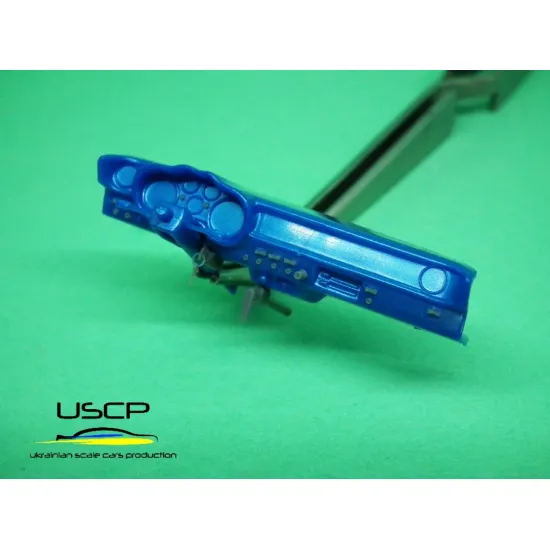Mastering the Skills to Build and Paint Plastic Models Like a Pro
Mastering the Skills to Build and Paint Plastic Models Like a Pro
Blog Article
Model sets have already been acquiring the imaginations of hobbyists for many years, developing from easy types in to complicated works of craftsmanship. Their accomplishment through the duration of record can be attributed to a combination of advancing technologies, cultural shifts, and a dedicated neighborhood of enthusiasts.
Early Beginnings of Model Kits
The source of model kits could be followed back once again to the first 20th century, primarily in Europe and the United States. Initially, product systemswere handcrafted wooden reproductions, frequently of boats or jets, developed as training methods for engineers or naval cadets. These sets needed substantial talent to perform, as directions were little, and the areas were rough.

By the 1930s, the procedure became more consumer-friendly as businesses like Frog and Monogram began producing balsa wood airplane kits. These systems catered to hobbyists and presented simple pre-cut styles, creating them accessible to a broader audience.
The Plastic Revolution
The 1950s noted a substantial turning place in the evolution of design kits. The introduction of injection-molded plastic revolutionized the industry. Companies like Revell and Airfix needed the cause, producing step by step model packages offering tanks, plane, and vehicles. This new product allowed for better detail in production and provided easier construction for users.
Along with the post-war growth of middle-class discretion time, model-building rapidly turned a popular pastime for children and people alike. For example, 1967 saw the release of the Saturn V bomb model through the Space Competition age, moving public fascination to room exploration-themed models.
Model Kits in Pop Culture
The latter 1 / 2 of the 20th century found design systems entrenched in pop culture. Movies and tv shows became crucial owners of curiosity, with companies like Star Wars and Celebrity Trek striking a wave of sci-fi kits. China also played a pivotal role in this time, with the release of mecha-centric products like Bandai's Gundam line in 1980.

Today's Enduring Demand
Despite advancements in engineering, including digital simulations and video gaming, the product set market stays strong. Organizations now present very comprehensive kits applying computer-aided design (CAD), 3D printing, and laser cutting, ensuring precision and precision. Additionally, the rise of on line areas, forums, and social networking has empowered builders to talk about techniques, screen completed performs, and interact with like-minded hobbyists globally.
The enduring charm of product products lies not only within their complicated designs but additionally in the sense of accomplishment they provide following hours of assembly. Today, they continue steadily to connection years, combining history, artwork, and engineering in to a single satisfying hobby. Report this page